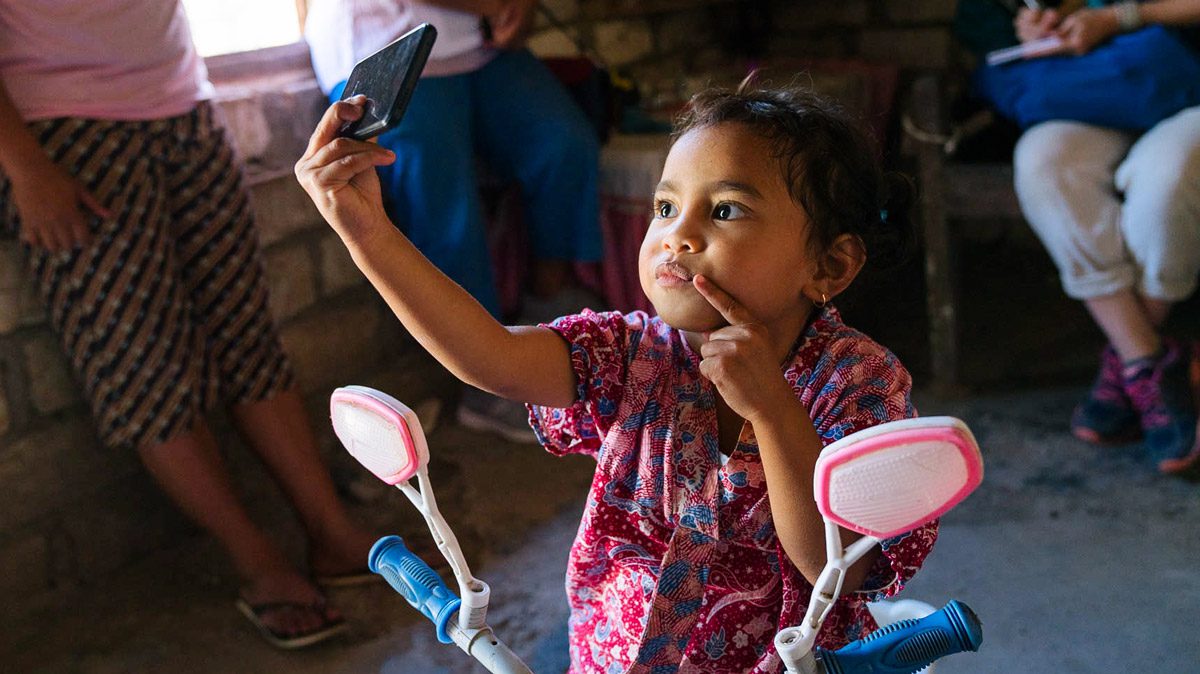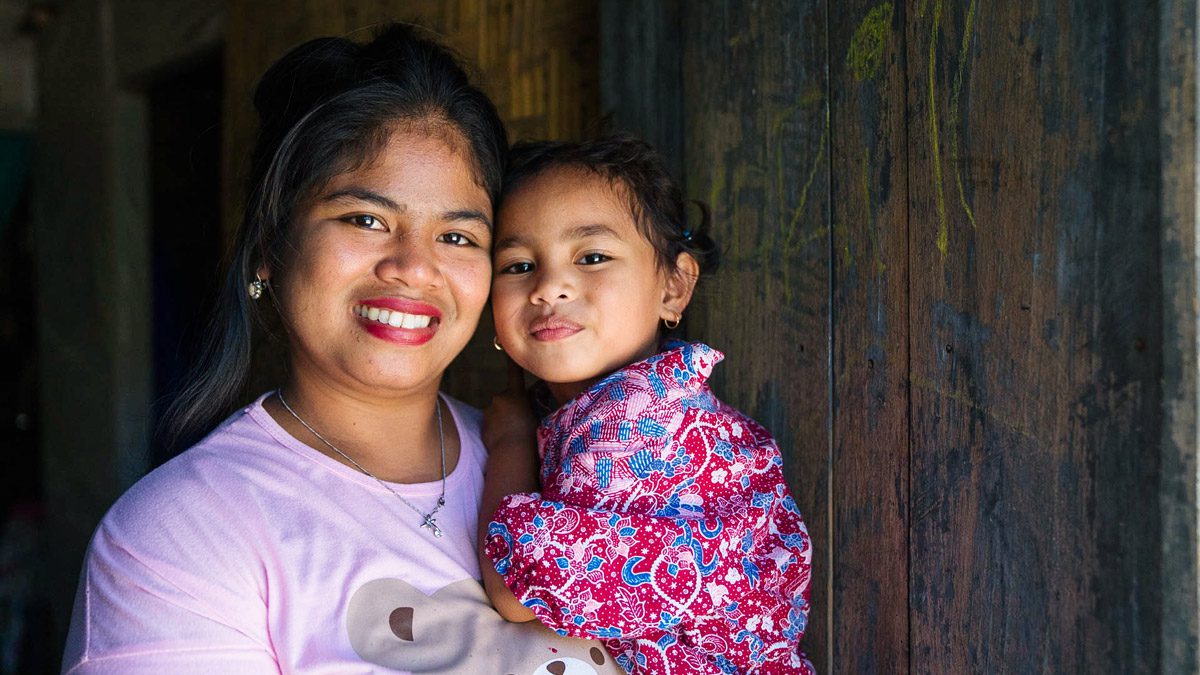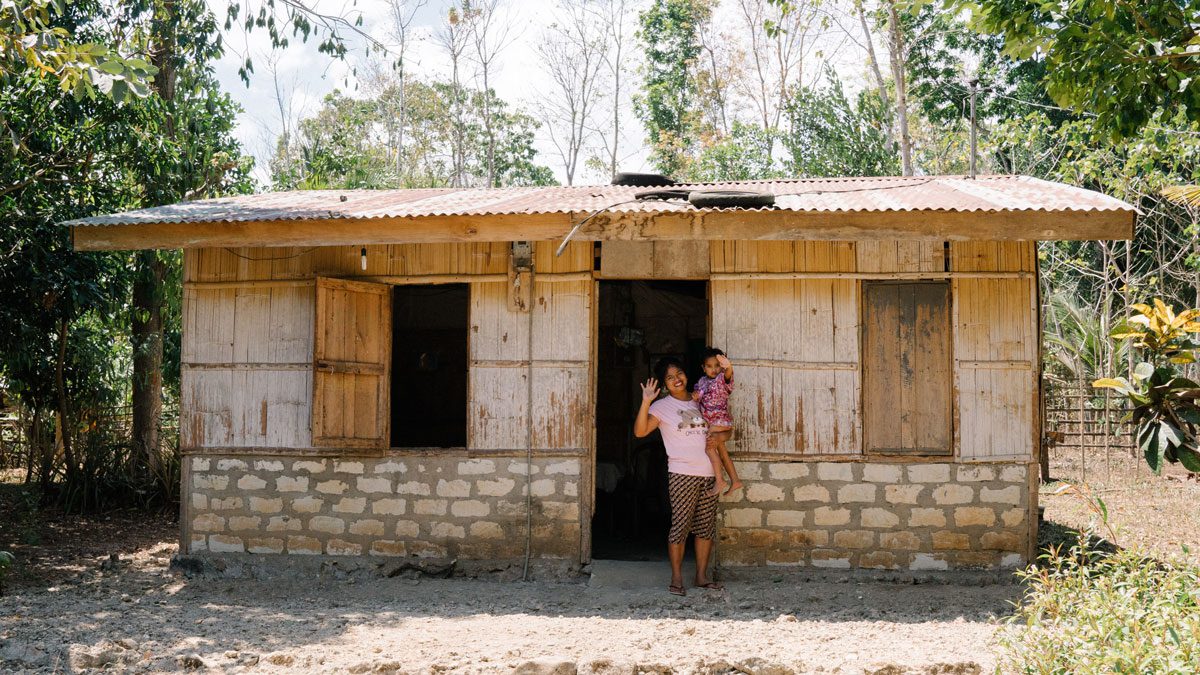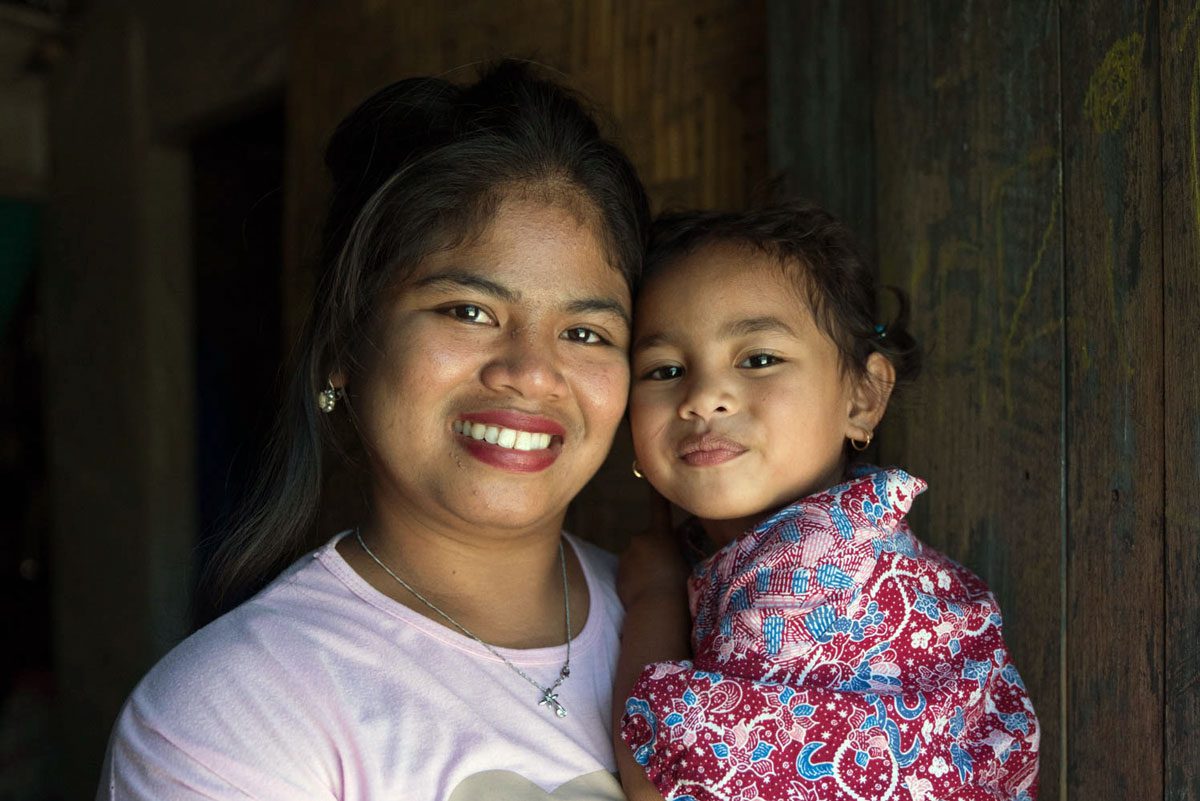
At a health center on the island of Sumba in Indonesia, children lined up with their parents to receive a dose of vitamin A. Though usually a bold and spirited three-and-a-half-year-old, Karin was visibly nervous and began to cry as her turn approached. Her mother, Rambu, stayed calm and changed tactics, walking around the room with Karin and watching as other children received their doses. The distribution was nearly complete, but Karin was still too scared.
In the final minutes, as the health providers were preparing to pack up to leave, Karin bravely sat down with her mom to receive her dose of vitamin A. As the health workers and other mothers clapped and cheered, Rambu wiped the imaginary sweat off her brow.

Rambu was committed to doing whatever it took to keep her daughter healthy. “I love my mama,” declared Karin. “She cooks the most delicious food in the world!” The family’s diet typically consisted of rice, vegetables, fish, tofu, tempeh, and sometimes meat. However, availability and affordability varied considerably based on the season and weather patterns.
To support her education, “I will bring home picture books,” Rambu noted. “Karin will memorize the stories and repeat them back to me.” A mountain of books stacked on a shelf in the corner only reinforced the mother-daughter duo’s shared love of learning.

As a local school teacher, Rambu knew that nutrition directly impacts children’s performance in school. When she began teaching in Dasa Elu four years ago, students regularly missed school because they were sick. Instead of teaching her class new subjects, she often repeated the curriculum to ensure all of her students were up to speed.
When the local health clinics began providing vitamins and other services to children in the community, Rambu noticed a change in the trend. Her students were missing fewer school days. With improved attendance, Rambu could experience one of her greatest joys — standing in front of a class and helping the children in her community learn.

